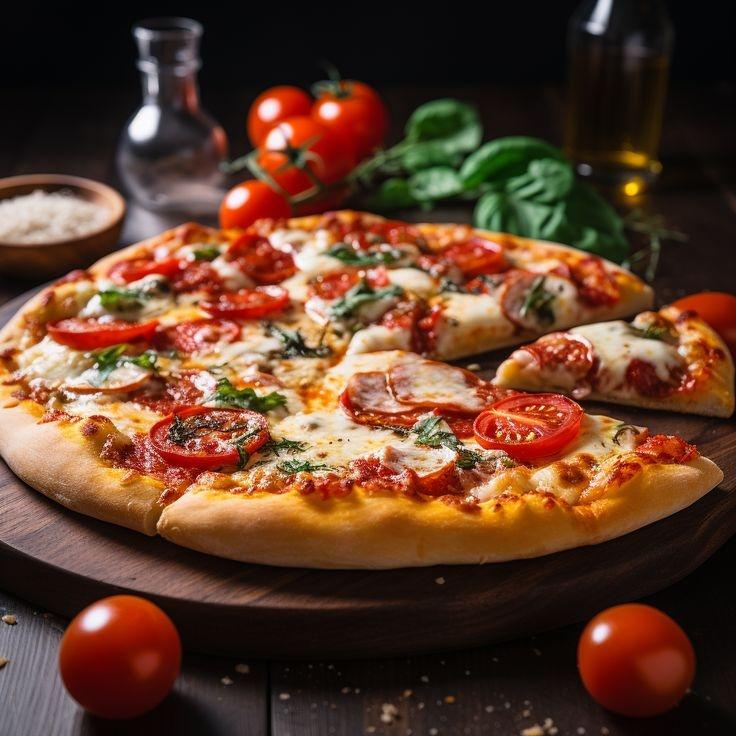At StreamSteadyField, we believe exceptional pizza begins with exceptional dough. After more than thirty years of refining our method, we’re excited to share some of our insights with you. While we can’t disclose the exact formula (some traditions must stay sacred!), these guidelines will help you craft restaurant-quality dough at home.
The Flour Matters
The base of great pizza dough is premium flour. We suggest using 00 flour, a finely ground Italian option with moderate protein content (about 12%). This strikes the right balance between strength and tenderness. If 00 flour isn’t available, bread flour makes a solid substitute, though the texture may differ slightly.
Water Temperature and Hydration
The water temperature influences fermentation and dough development. For slower fermentation (which enhances flavor), use cold water around 45°F (7°C). For quicker fermentation, opt for lukewarm water around 85°F (29°C). Hydration should be roughly 60-70% for most home ovens.
Minimal Yeast, Maximum Time
One of the main secrets to flavorful dough is using less yeast and giving fermentation more time. We use just 0.2% fresh yeast relative to our flour weight for doughs that ferment over 24-48 hours. This slow process fosters complex flavors while producing a dough that’s easier to digest.
Salt: Not Just for Flavor
Salt does more than season — it strengthens the gluten network and moderates fermentation. We recommend fine sea salt at 2.5-3% of your flour weight. Add it after your flour and water have started to combine to prevent direct contact with the yeast.
The Art of Fermentation
After mixing, let the dough bulk ferment at room temperature for 2 hours, then divide into individual dough balls. Place them in containers with lids and refrigerate for 24-72 hours. This cold fermentation is where the magic happens—enzymes break down starches into sugars, creating both depth of flavor and the desirable browning in our crusts.
Handling with Care
When it’s time to bake, remove the dough from the fridge 1-2 hours ahead to let it warm. Handle gently to preserve the gas pockets. Use your fingertips to press and stretch the dough rather than rolling, which can squeeze out those precious air pockets.
The Final Touch: Heat
While our wood-fired ovens reach around 850°F (454°C), most home ovens top out at about 550°F (288°C). To compensate, preheat a pizza stone or steel for at least an hour. This intense bottom heat helps achieve a crisp crust with a light, airy interior.
Mastering pizza dough is a journey, not a final destination. Each batch teaches new nuances about the process. We encourage you to take notes, adjust variables, and discover what works best in your own kitchen setting.
If you’d like to see our dough-making process in action, join one of our monthly pizza workshops where Chef Luca demonstrates these techniques in detail. Check our events calendar for upcoming dates!

